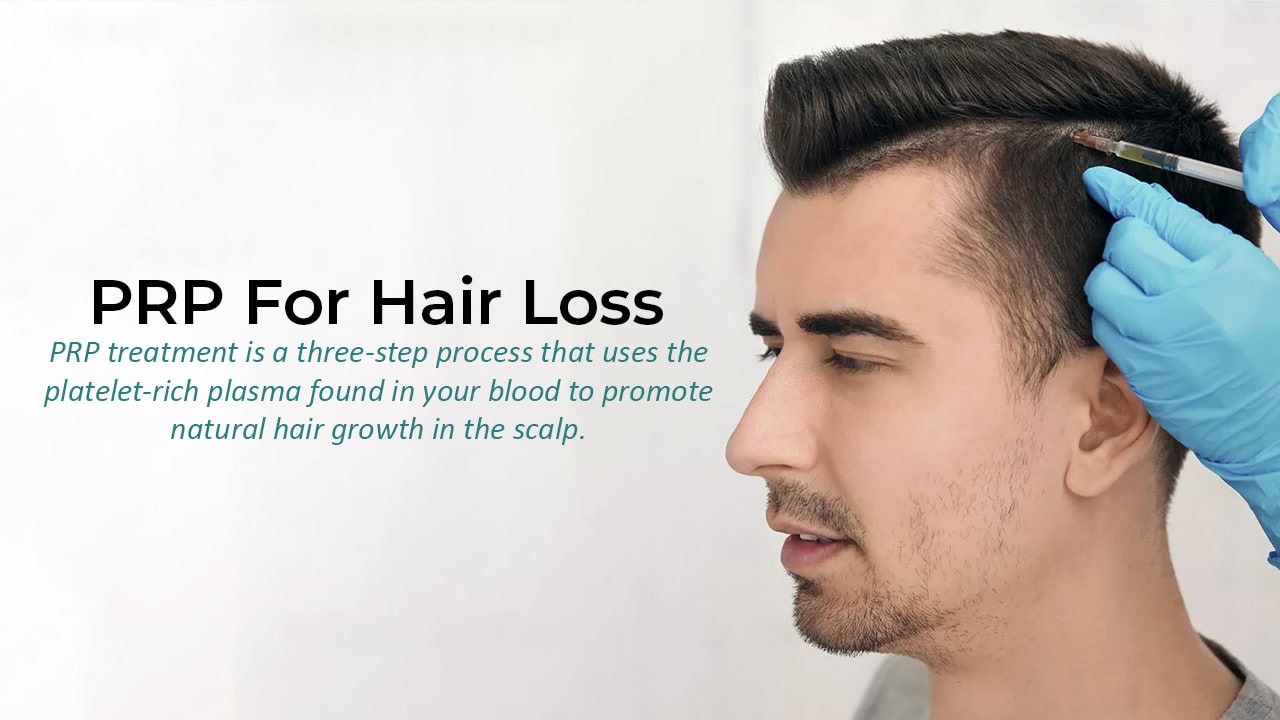
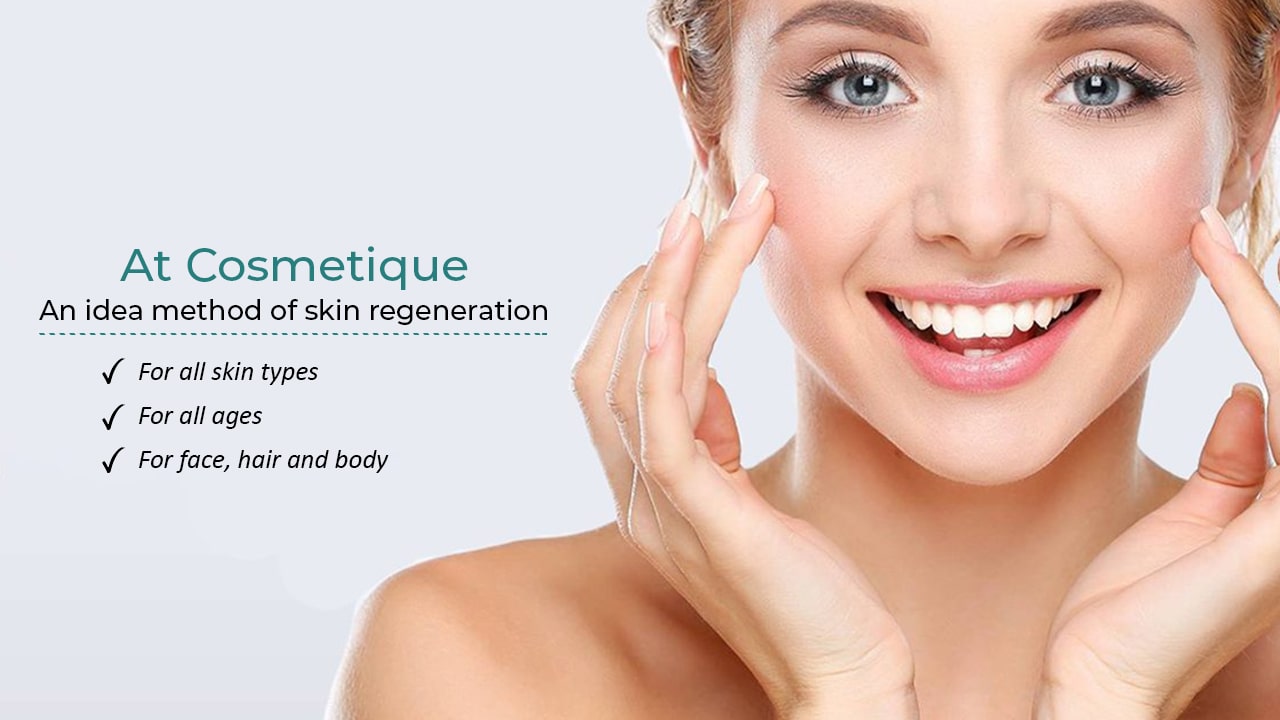
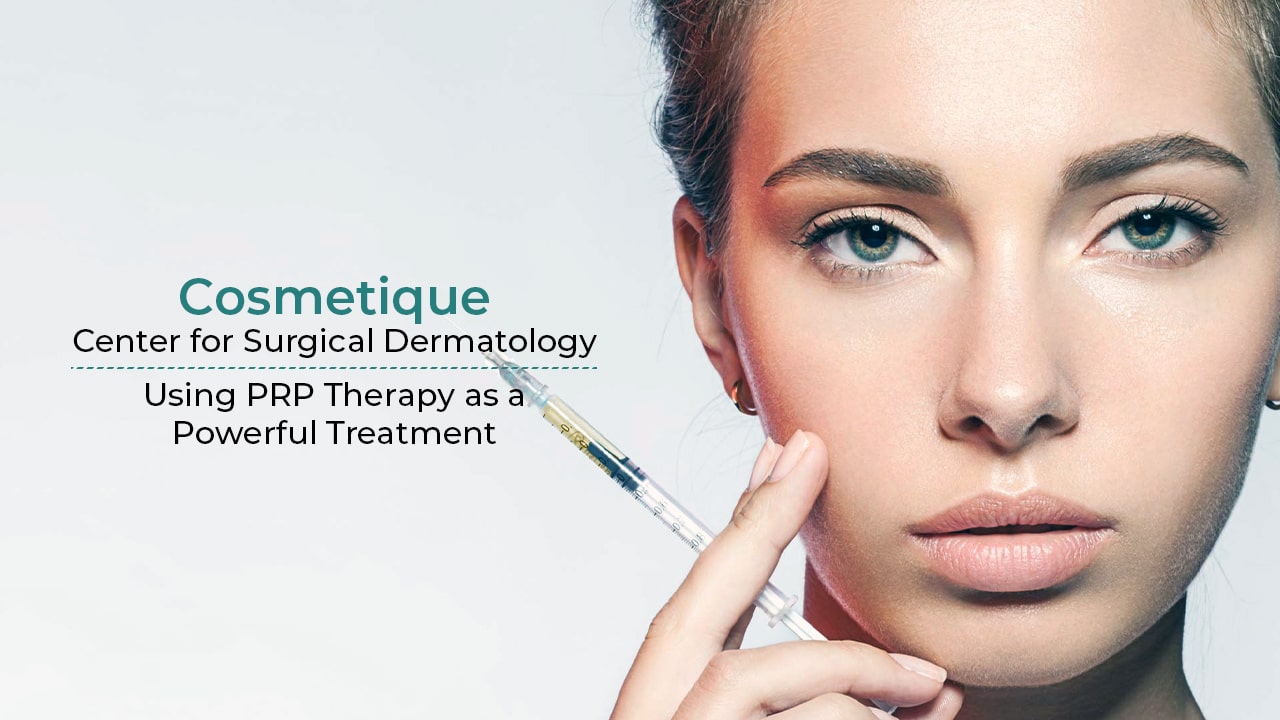
PRP Treatment in Lahore | PRP Treatment For Hair in Lahore Pakistan
What is Platelet Rich Plasma?
Platelet – Rich Plasma therapy is a unique process in which the plasma concentration collected from one’s own blood is injected into the patient scalp to speed up the healing process. Plasma is fluid in the blood which contains proteins. These proteins help to clot and promote new cell growth in the body. Thu, when PRP is injected into already damaged tissues, it starts healing them and encourages the development of new healthy cells.

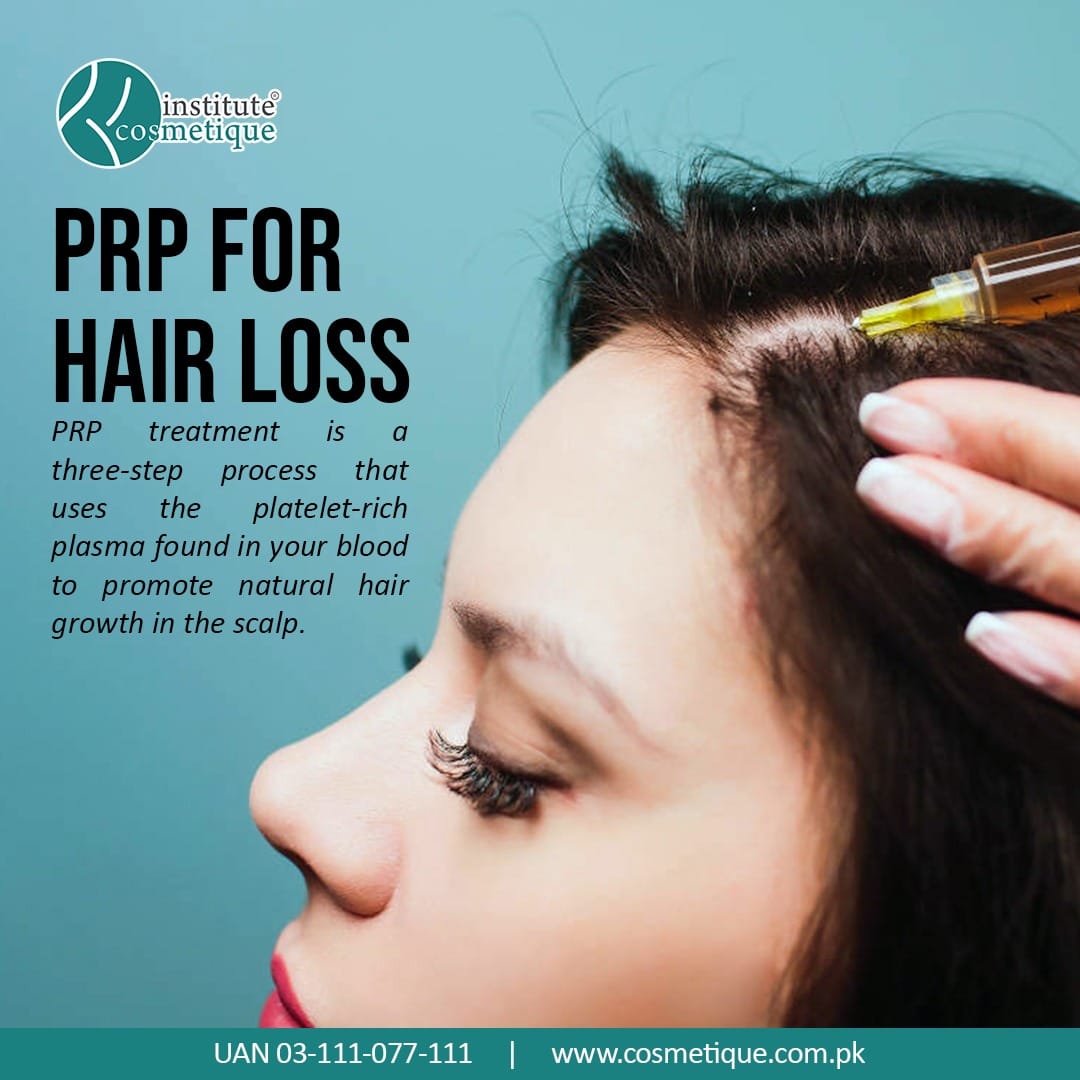
Effectiveness of PRP Hair Treatment
According to reliable dermatologists, this treatment is very effective compared to other hair treatments available on the market. So don’t worry if you are slowly getting bald or facing increased hair loss because the treatment is here for you in Lahore, Pakistan.
However, the effectiveness of PRP varies among different individuals. It significantly depends on the number of platelets in the patient’s blood. The more the number is, the more this process will prove effective and show extraordinary results soon.
Also, PRP treatment has many side effects as it may not suit equally. So please first consult a reliable doctor, try to know all the pros and cons, and then decide whether it is beneficial for you or not.
How does PRP work
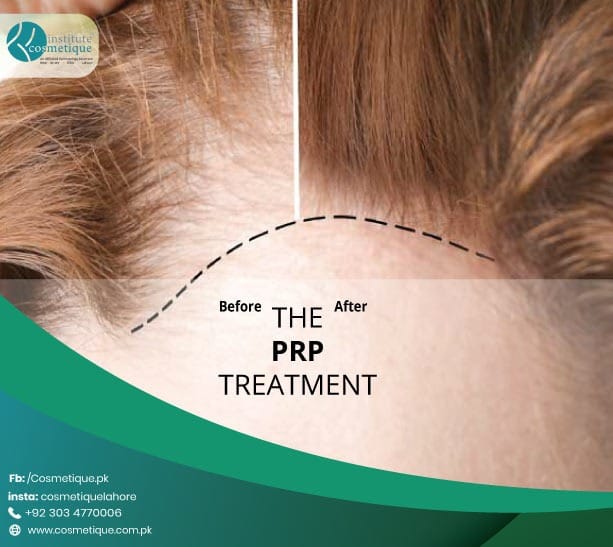
PRP therapy process
Step 1
Step 2
Step 3
How does PRP therapy work?
Extraction of Platelets – Rich plasma from the blood.
Our blood consists of
White blood cells:
These help in protecting the body against infectious diseases and other foreign attackers.
Red blood cells:
These carry oxygen to all parts of the body.
Platelets:
These help in clotting and repairing injuries.
Plasma:
That is fluid in the blood that carries nutrients and vitamins throughout the body.
The blood, which the doctor draws before each session, is spun in a centrifugal machine. Scientists use that machine to isolate solid particles from the liquids in any solution. Due to the rapid spinning of the centrifugal machine, the blood also spins very fast. That usually results in
- The settlement of the heaviest particles of the blood to the bottom of the vial, and these heavy particles are red blood cells.
- Above the layer of red blood cells is the layer of white blood cells and platelets with plasma.
- At the top is a layer of clear solution of blood plasma.
From here, the clear blood plasma is collected. The next step is again centrifuging; white blood cells are then separated from the platelet-rich plasma (PRP), ready for the therapy.
Mostly 8ml – 12ml of injectable plasma is considered a perfect volume for injecting into a patient’s scalp.
So overall, a doctor draws out the patient’s blood, then places the blood sample in a centrifuge. There the collected blood sample gets separated into many layers. The PRP portion of the blood is then extracted out with the help of a syringe. That primarily consists of cytokines, platelets, and specific growth factors. Those are then injected at the site of treatment.
What does the procedure of a PRP treatment look like?
PRP treatment is an effortless and quick procedure that can be done within two hours. Generally, it does not require hospitalization and is only an outpatient procedure.
Given below are the steps performed during PRP treatment for hair in Lahore, Pakistan.
- First, 2 ounces of the patient’s blood is collected by following the standard venipuncture procedure.
- Then the collected blood is centrifuged in a device that spins at extreme speeds to separate the blood’s solid and liquid parts.
- The extracted 4-7 ml of platelets of PRP are then collected in a syringe.
- This PRP is then injected into the treatment site immediately with the guidance of an ultrasonic device.
- After the injection process, the site is wiped clean, and a bandage may also be applied.
In addition to these steps, most doctors also sometimes perform a micro-needling procedure. An instrument named Mesogun, which is a derma roller, is additionally used to create micro-holes on the scalp. These micro-injuries to the scalp make the skin perform the repair process naturally by making collagen and elastin. That creates a natural environment for your own natural hair to regrow appropriately.
The micro-channels created by the injuries greatly help the quick absorption of the injected PRP and other products used on the scalp during the process. In addition, they also help in the induction of platelets to release growth factors at the injury site, activating the dormant hair follicles to start the production of new hair.
our doctors
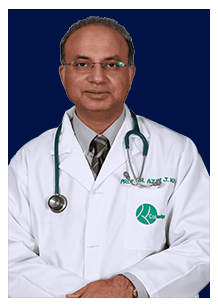
Prof. Dr. Azim Jahangir Khan

Dr. Asma Sana Azim

Dr. Amnah M Raj

